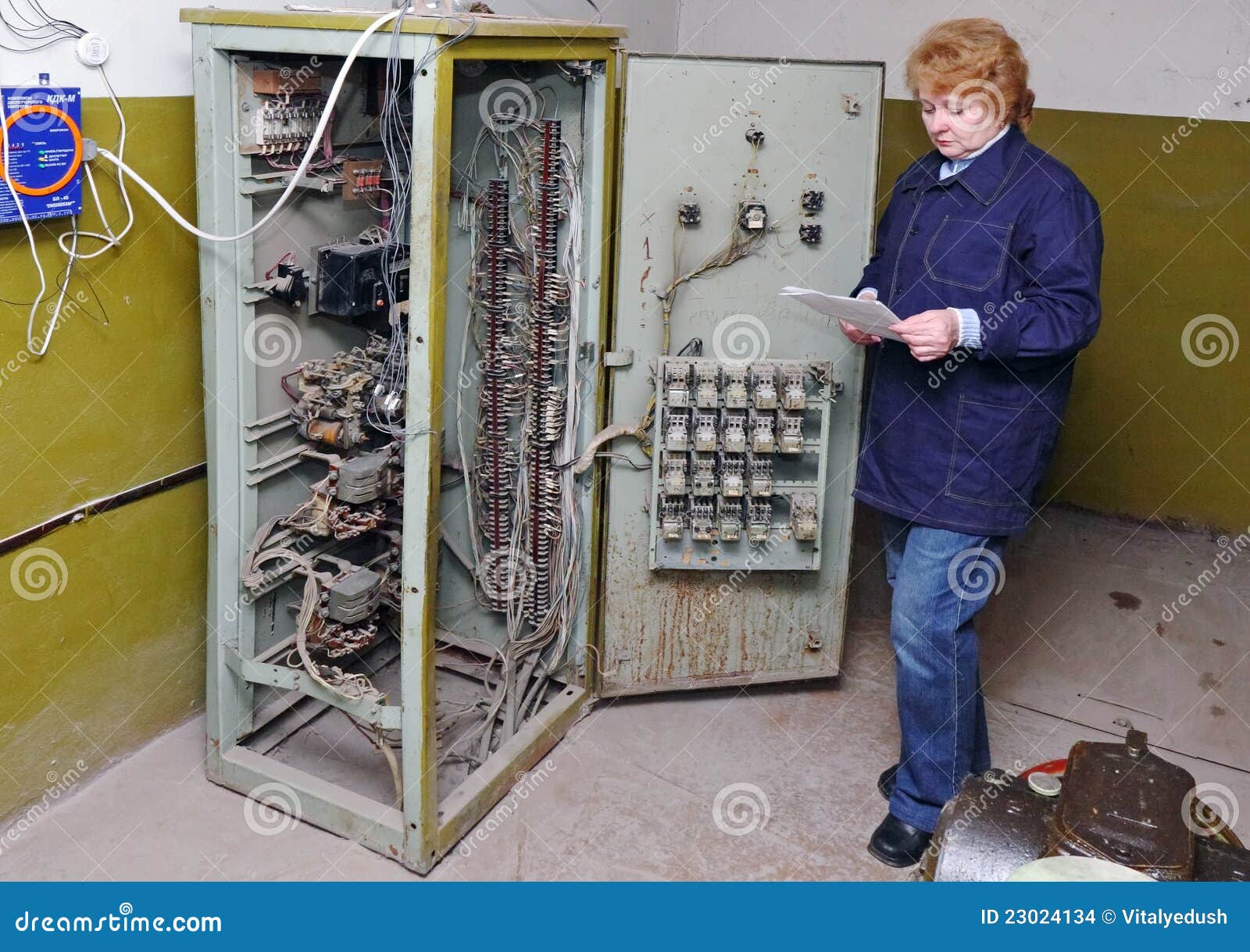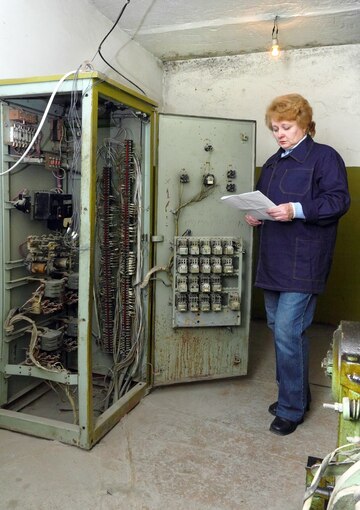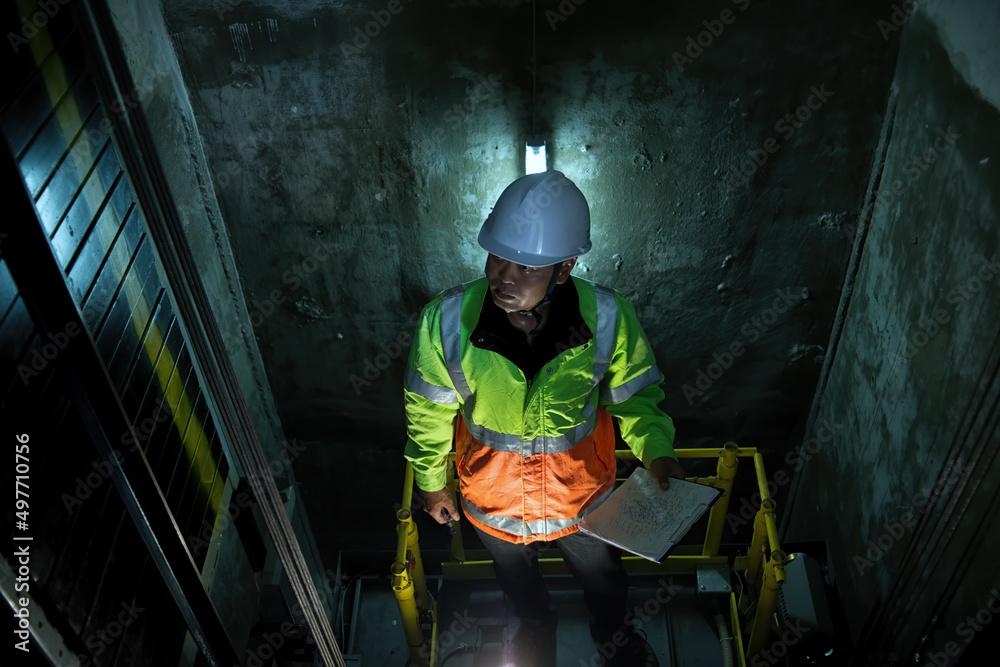Exploring the Comprehensive Measures Needed for Lift Upkeep
In the realm of building upkeep, making certain the appropriate performance and safety of lifts is vital. The intricacy of lift systems calls for a meticulous approach to upkeep. From routine assessments to critical innovation plans, an all natural sight of upkeep is vital. Nonetheless, in the ever-evolving landscape of lift innovation and security criteria, there are comprehensive steps that must be thoroughly followed to assure optimal performance and compliance. By dealing with crucial elements such as proactive maintenance routines, security checks, and emergency preparedness, a thorough understanding of the details involved in lift maintenance can bring about boosted performance and safety.
Regular Assessments
When it involves making sure the durability and safety and security of your lift system, routine examinations are extremely important. These routine checks play a vital role in determining any prospective concerns before they intensify right into significant problems, guaranteeing the secure and smooth procedure of the lift. By conducting normal inspections, maintenance teams can proactively attend to wear and tear, faulty elements, or any kind of other problems that may endanger the lift's performance or safety and security.
During these inspections, trained experts extensively check out different facets of the lift system, including mechanical elements, electrical systems, security functions, and total architectural integrity. By finding and resolving concerns early on, these assessments aid prevent expensive fixings, downtime, or safety and security risks, inevitably expanding the life-span of the lift system and ensuring the health of its customers.
Proactive Maintenance Schedules
Executing aggressive upkeep routines is crucial for optimizing the performance and durability of lift systems. By sticking to a positive maintenance method, lift owners can attend to prospective issues before they escalate right into major troubles, ultimately lowering downtime and pricey repairs. Positive maintenance includes routine evaluations, lubrication of relocating parts, testing security functions, and replacing used elements. These scheduled maintenance jobs not only help in avoiding malfunctions yet also add to preserving the lift's performance at optimum degrees.
A well-structured positive maintenance timetable should outline particular tasks, regularities, and responsible personnel. It is vital to adhere to producer recommendations and market standards when creating these schedules to make sure the lift runs safely and successfully. In addition, documenting upkeep activities and maintaining in-depth records can offer valuable understandings into the lift's efficiency in time, assisting in determining trends and making informed maintenance choices.

Safety And Security Conformity Checks
Making certain safety and security conformity through detailed checks is critical in preserving lift systems' dependability and securing user wellness. Safety and security conformity checks include a comprehensive assessment of different elements, consisting of electrical systems, mechanical parts, emergency situation brakes, doors, and various other important safety features. These checks are vital to identify any type of potential threats or malfunctions that might jeopardize the lift's procedure and put individuals in jeopardy.
Normal safety conformity checks need to be performed by qualified service technicians in adherence to market guidelines and criteria. These checks aid in detecting problems at an early stage, permitting timely repair services and preventive upkeep steps to be carried out. Keeping detailed documents of safety and security conformity checks is crucial for tracking the lift system's performance over time and demonstrating conformity with safety and security regulations.
Tools Upgrades and Innovation
Enhancing lift systems via equipment upgrades and innovation is necessary for boosting effectiveness and security criteria in upright transport. As technology developments, older lift systems may come to be outdated, causing decreased integrity and possible security dangers. By investing in tools upgrades and modernization, structure owners can ensure that their lifts meet present sector criteria and guidelines.

In enhancement to functional benefits, tools upgrades and modernization tasks can additionally enhance the visual appeals of the lift, offering a more contemporary and enticing experience for passengers. Ultimately, buying lift upgrades and innovation is a positive method in the direction of making sure the long life, security, and efficiency of upright transportation systems.
Emergency Preparedness Planning
An effective emergency readiness plan is important for ensuring the safety and security and speedy response in instance of unexpected cases including lift systems. Emergency preparedness preparation for lift systems includes an organized technique to reduce dangers, make certain guest security, and reduce downtime throughout emergencies.
Trick elements of an emergency situation readiness prepare for lifts consist of clear interaction protocols, normal training for lift drivers on emergency situation procedures, and routine drills to examine the effectiveness of the plan. lift maintenance contract. In addition, linked here the strategy should detail certain functions and duties for all stakeholders entailed, including structure administration, maintenance workers, and emergency situation responders
In the event of a lift malfunction or entrapment, having a distinct emergency situation strategy can help in working with a efficient and punctual reaction to make sure the safety and security and wellness of navigate to these guys travelers. Prompt communication, accessibility to emergency situation equipment such as interaction tools and emergency lighting, and knowledge of evacuation procedures are vital facets of an extensive emergency readiness prepare for lift systems. By prioritizing emergency readiness planning, structure managers can improve the total safety and security and reliability of their lift systems.
Conclusion
In conclusion, the thorough steps needed for lift maintenance include regular evaluations, positive maintenance routines, safety compliance checks, tools upgrades and innovation, and emergency situation readiness preparation. These steps are necessary for ensuring the safety, reliability, and effectiveness of lifts in various settings. By implementing these procedures, lift proprietors can decrease the danger of accidents, prolong the life expectancy of their equipment, and follow sector regulations.

Throughout these inspections, trained professionals thoroughly analyze different aspects of the lift system, consisting of mechanical parts, electrical systems, safety and security functions, and overall architectural integrity.Guaranteeing safety compliance with comprehensive checks is paramount in keeping lift systems' dependability and safeguarding customer well-being. Maintaining comprehensive documents of safety conformity checks is essential for tracking the lift system's efficiency more info here over time and showing compliance with security laws.
By focusing on emergency situation readiness planning, structure supervisors can improve the overall security and integrity of their lift systems.